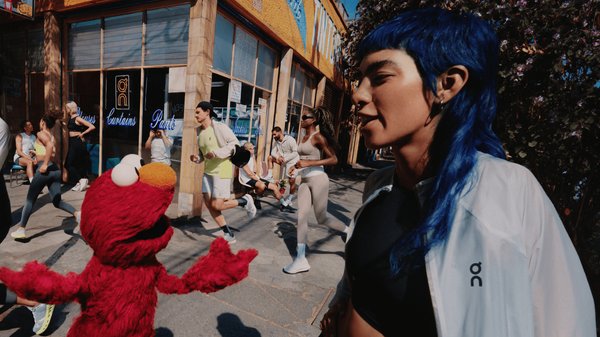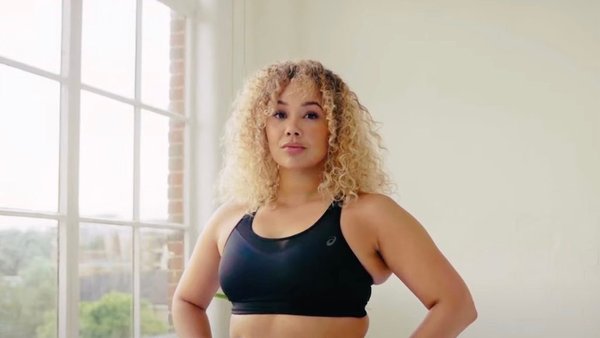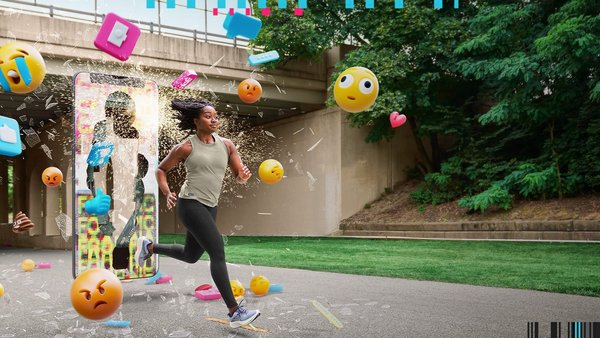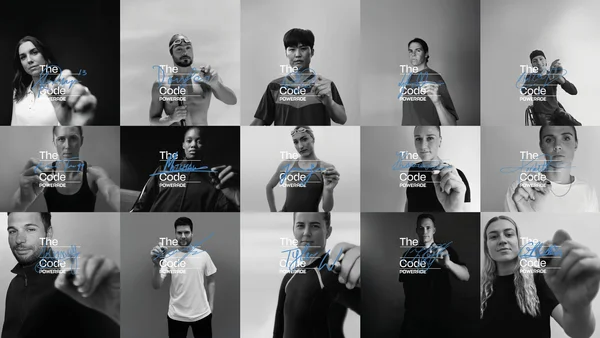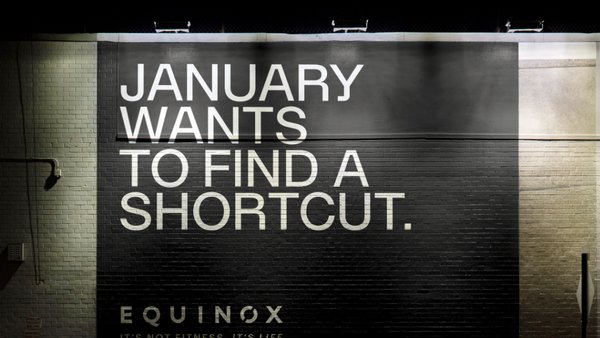
Overview /
Every sports brand falls into one of two categories, says Gary Raucher, global head of marketing for Japanese sportswear giant, Asics. “‘Ruler” brands are all about winning, and very often winning at all costs,’ he explains. ‘“Hero” brands are the ones that say, if you work hard enough, if you put in the blood, the sweat and the tears, then you can transform your body so that one day you too might be able to win.’ Aka, the grind.
Asics, as it happens, falls into neither category. In fact, it transcends those sports brand archetypes, identifying as a ‘caregiver’. ‘Yes, we’re a performance sports brand,’ says Raucher. ‘Yes, we like winning. Yes, we sponsor elite athletes, and we want them to do well. But we’ve always believed that, whether they’re elite athletes or everyday athletes, their physical and mental wellbeing is more important than any medal or podium position.’
Wellbeing over winning – that’s not something you see often in the sports category. Most brands are communicating quite the opposite, in big bold capital letters. But it’s not a throwaway comment or a trendy marketing line for Asics, it’s deeply rooted in its heritage. Japanese businessman Kihachiro Onitsuka founded the company in 1949, aiming to promote health and wellbeing through sports in post-war Japan. Asics’ founding philosophy – and its name, an acronym of the Latin aphorism ‘anima sana in corpore sano’ (‘a sound mind in a sound body’) – speaks to the relationship between physical activity and mental health.
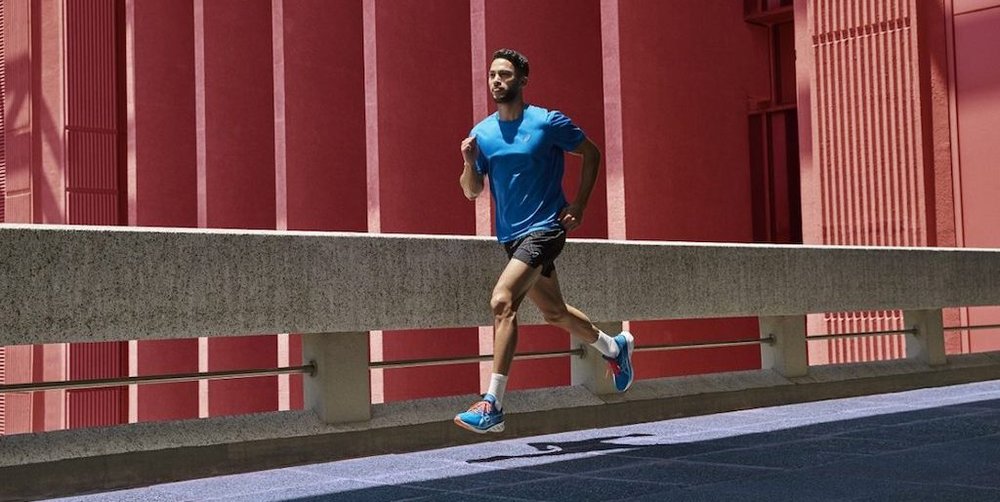
Many decades later, Onitsuka’s mission is just as relevant. ‘Perhaps more,’ says Raucher, who joined Asics in 2019, when stress and anxiety levels were at record highs around the world. According to the World Health Organization, the global prevalence of anxiety and depression increased by 25% in the first year of the pandemic.
At this time, Asics was battling its own demons. ‘The company had actually been declining for several years in a row,’ says Raucher. ‘From 2015 through 2018 we were losing market share. Sales were going in the wrong direction. There really was a struggle.’ Though brand awareness was high, preference was low, and Asics needed to remind people why it was the superior choice for sports gear.
Looking at the global crisis unfolding around it, the brand was reminded of its origins: Asics was born in a war-torn Japan plagued by food shortages, unemployment and economic ruin. ‘Our founder recognised that sport had the ability to uplift spirits,’ says Raucher. ‘And what we saw during the pandemic, and we continue to see now, is that physical movement is a great way to help people feel better mentally.’
In 2020, in an overhaul of its strategy, Asics shifted its focus to performance sports (instead of chasing the lifestyle category) and revived its founding principle with a new brand platform called Sound Mind Sound Body. ‘We started being much more explicit about our “sound mind sound body” philosophy as a differentiator,’ says Raucher.
Key campaigns /
In the immediate wake of global lockdowns, Asics moved almost all of its marketing spend online to drive ecommerce sales; it made its Asics Studio (home workouts) app free to use, and drove awareness with virtual events and social media challenges in place of physical sporting events.
As running boomed in popularity, Asics created a virtual race platform (the Asics World Ekiden combined marathon challenge) to connect runners around the world; its run-tracking app Asics Runkeeper saw a 252% year-on-year increase in sign-ups and online sales grew by 134%. The brand also benefited from Nike’s ill-fated decision to cut ties with wholesalers to focus on direct-to-consumer sales, which freed up a whole lot of shelf space.
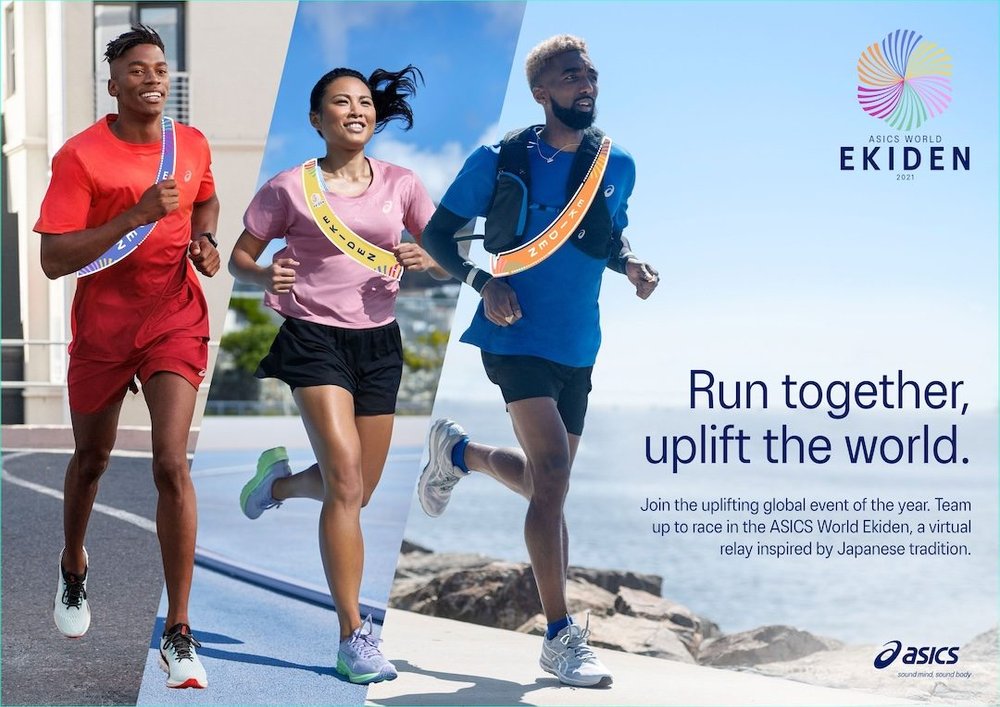
In tandem, Sound Mind Sound Body launched with campaigns such as Sunrise Mind, an activation with mental health charity Mind that encouraged people to share images of them moving in Asics at sunrise, and Upliftford, by Pitch PR and Agit8, which transformed the infrastructure of a UK town (with the lowest state of mind according to Asics’ inaugural State of Mind Index) into a movement inspired gym. ‘This was a highly effective campaign for us, as we saw huge increases in brand preference and all major brand attributes,’ says Raucher.
Asics also developed an app with Solarflare called Mind Uplifter, based on the research of Dr Brendon Stubbs; using a combination of facial scanning technologies and self-reported data to measure the mental uplift of exercise, the app visualised the difference in users pre- and post-exercise. By late 2021, when Asics began working with London-based agency, Golin, the platform ‘was in full effect, and it was solid’, says Golin CCO Alex Wood. ‘The brand was just exploring how they were going to bring it to life in the real world.’
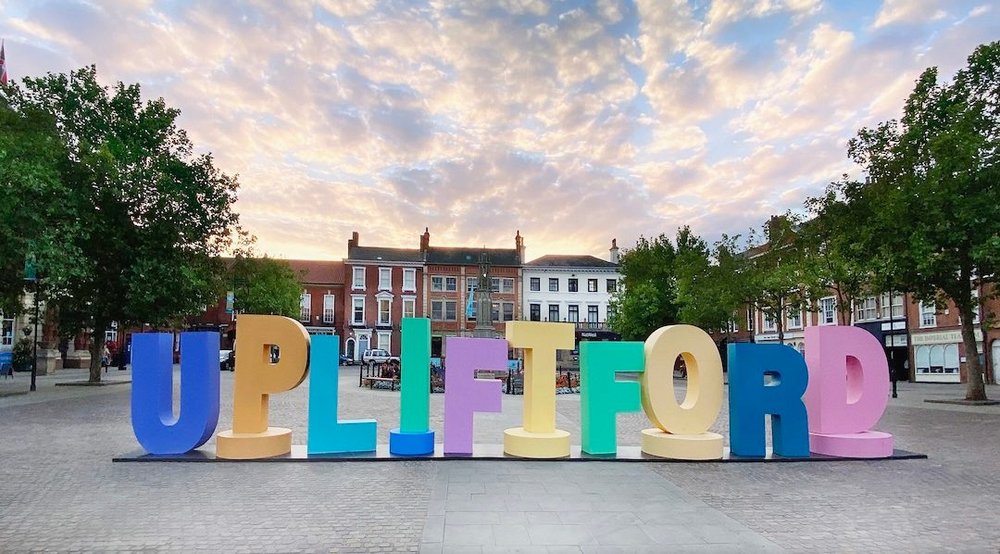
The first piece of work from the partnership was Mind Race, a campaign that challenged athletes to stop moving for a week, to reveal the impact on their mood and cognitive function. Led by Stubbs, the campaign used live data-mapping to visualise athletes’ mental states and reveal dramatic drops in confidence (20%), positivity (16%), mental energy (23%) and the ability to cope with stress (22%). Golin also created a documentary following the experience.
During the campaign, a YouGov study cited increases in brand awareness, reputation, quality and advocacy; according to Golin, perception of Asics as a brand associated with mental wellbeing increased by 440% and those exposed to the campaign were 210% more likely to purchase Asics products. The Mind Race documentary reached 100 million, with the overall campaign’s reach estimated at 1.8 billion.
George Bryant, Golin
But it was the Dramatic Transformation campaign that solidified Asics’ role as an advocate of movement for mental wellbeing. Working with mental health charity, Mind, Golin and Asics subverted a social media fitness trend – side-by-side body transformation photos – to display the mental benefits of exercise.
The campaign featured photographs of body-positive and mental health influencers before and after 15 minutes and 9 seconds of exercise (as long as it takes to lift one’s mood through movement). The only change in the participants’ appearances is that they look happier post-exercise – showing that not all worthwhile transformation is physically noticeable.
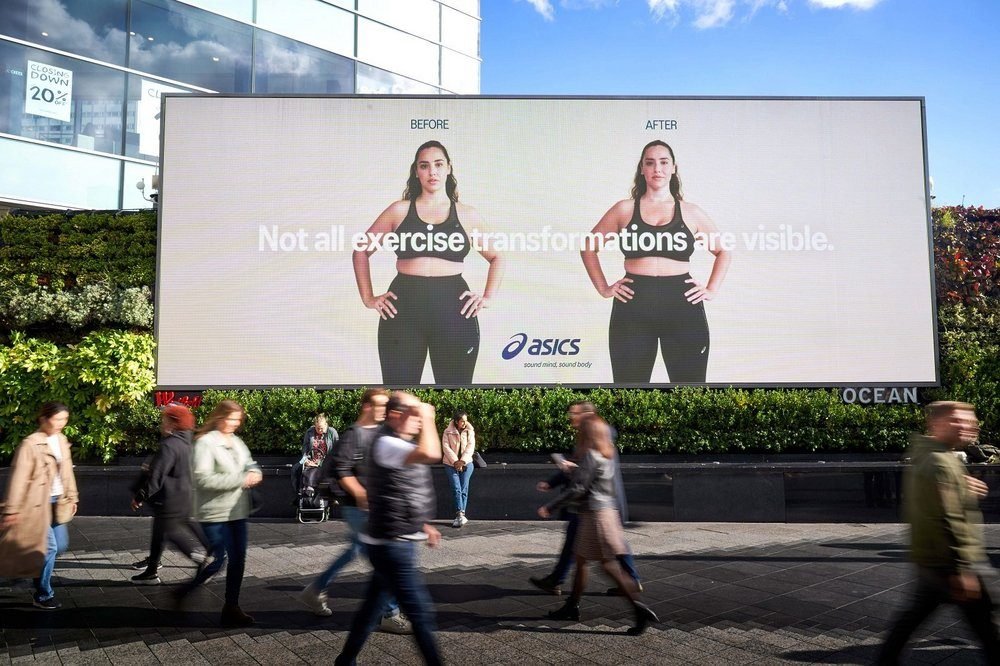
The irony of the sports category is that although physical movement should help alleviate stress and anxiety, those ‘ruler’ and ‘hero’ brands actually add to the pressure by championing unattainable standards, which in turn puts people off from exercising, explains Golin global CCO George Bryant. ‘It was a truth borne out by the data, borne out by the experience. The response was off the charts, it felt that people connected with us – not just because they believed us, but because it was freeing in some way.’
According to the agency, the campaign generated a 14% increase in share of mental health media coverage and generated a 57% spike in mentions of Asics in relation to mental health in the first few weeks of the campaign.
Gary Raucher, Asics
Asics had hit on something unique – while other sports brands were piling on the pressure to look a certain way or achieve physical feats at any cost, Asics could speak authentically about the less visible benefits of exercise in a way that appealed to athletes of any level. ‘Whether we are talking about an elite athlete or an everyday athlete, we are talking to people who know that they feel better when they move,’ says Raucher.
And despite mental health becoming more commonly discussed in mainstream culture, it remained an untapped opportunity – and point of distinction for Asics – in the sports category. ‘It’s actually a good thing if competitors are sticking to their lane, and we have a unique lane that is for ourselves,’ says Raucher. ‘In 2020 and 2021, we saw some other brands jump on the bandwagon because everybody was talking about mental health. It was the flavour of the month. Three months later, they went back to what they’ve always been talking about, and we’ve been consistent because it’s why we were founded.’
Gary Raucher, Asics
That consistency is due to the clarity of Asics’ mission and the evergreen insights that inspire its work. In 2024, for example, Golin repurposed the ‘15 minutes and 9 seconds’ data with the 15 Minute Weight Loss campaign, conceived in response to a dramatic surge in searches for ‘weight loss exercises’ and ‘quick weight loss’ on social media.
Asics’ research showed that 42% of adults feel that seeing ‘rapid weight loss’ content makes them feel insecure, while 70% say that seeing weight loss content doesn’t motivate them to exercise. So, to challenge the societal pressure on exercise to lose weight, Asics partnered with key body positivity influencers to create a series of 15-minute exercise videos focused on the mental benefits of movement. The videos were titled ‘15 Minute Weight Loss’ so that people searching for that type of content would find Asics’ body-positive alternatives.
Purposeful positioning and action /
For the brand purpose cynics out there, it’s important to note that Sound Mind Sound Body isn’t just a comms strategy – it’s backed up by meaningful action behind the scenes. From being the first brand to add psychological counselling to the contracts of each athlete it endorses, to investing in cybersecurity to block athletes from online abuse during sports events, wellbeing is consistently prioritised over winning.
In 2023, Asics conducted a study that revealed the negative impact of AI-generated images of health and fitness on people’s wellbeing and motivation to exercise. Working with an AI expert, Golin and Asics created the AI Training programme: a bank of images of real people enjoying exercise for the feeling, not aesthetics, combined with bespoke lines of code and AI prompts, to train any AI system on what exercise really looks like.
It was unexpected territory for a sports apparel brand – yet completely authentic to Asics’ purpose. ‘A brand positioning needs to be credible, but it needs to be relevant and it needs to be differentiated,’ says Raucher: ‘We try to use our brand and our brand positioning as a strategic filter for everything we do.’
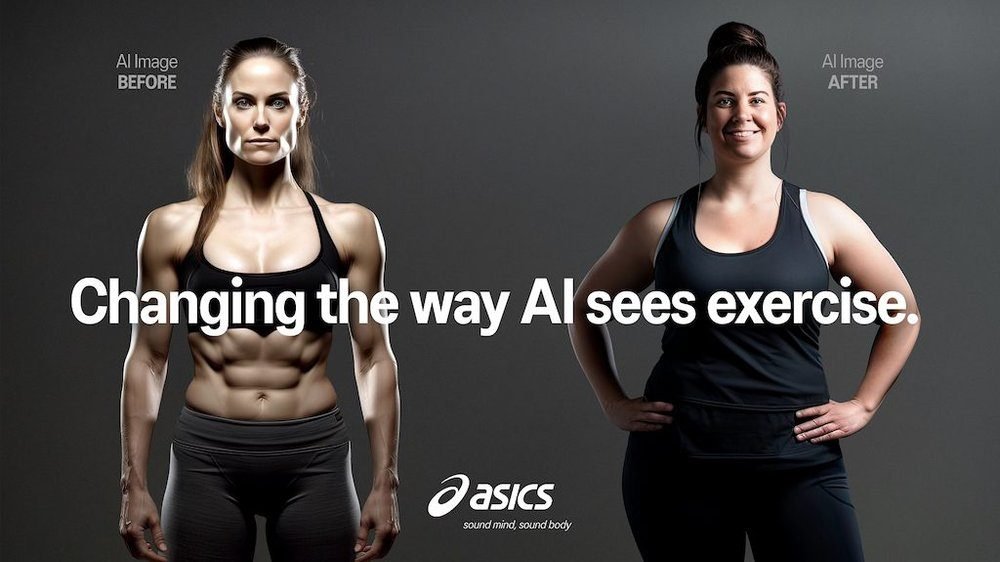
Its 2024 Desk Break campaign, featuring unlikely mental health ambassador Brian Cox (the actor who plays TV’s most feared boss, Logan Roy, in Succession), publicised the fact that it had introduced a Desk Break clause for its employees.
Based on a study conducted by Asics in collaboration with Stubbs, which revealed that mental health starts deteriorating after a mere two hours of continuous desk work, the clause grants workers the legal right to 15-minute movement breaks on top of regular ones.
The ad humorously raised awareness of the risks associated with sitting at a desk for too long, and encouraged other employers to add the clause to their employee contracts ahead of World Mental Health Day.
Alex Wood, Golin
Other than a pair of Asics running trainers on Cox’s feet, the ad bore no resemblance to that of a sports brand; the clarity of Asics’ message about movement and the mind enables it to show up in unexpected ways (Brian Cox delivering a sweary PSA) and incongruous places (the office) where other sports brands daren’t venture.
But Desk Break went beyond comms – employee wellbeing is simply better for the bottom line. According to Asics’ Global State of Mind Study 2024, when people added just 15 minutes of movement into their working day, average anxiety levels decreased by 12% and perceived stress levels decreased by 14.7%, while productivity was boosted by 33.2% and focus improved by 28.6% – a win-win for Asics and its employees.
‘We’re not just running some ads and expecting people to listen, but actually earning attention, finding a role within culture, and talking with our own voice about what we’re doing,’ says Wood. ‘By doing that consistently, you build a reputation, which creates momentum.’
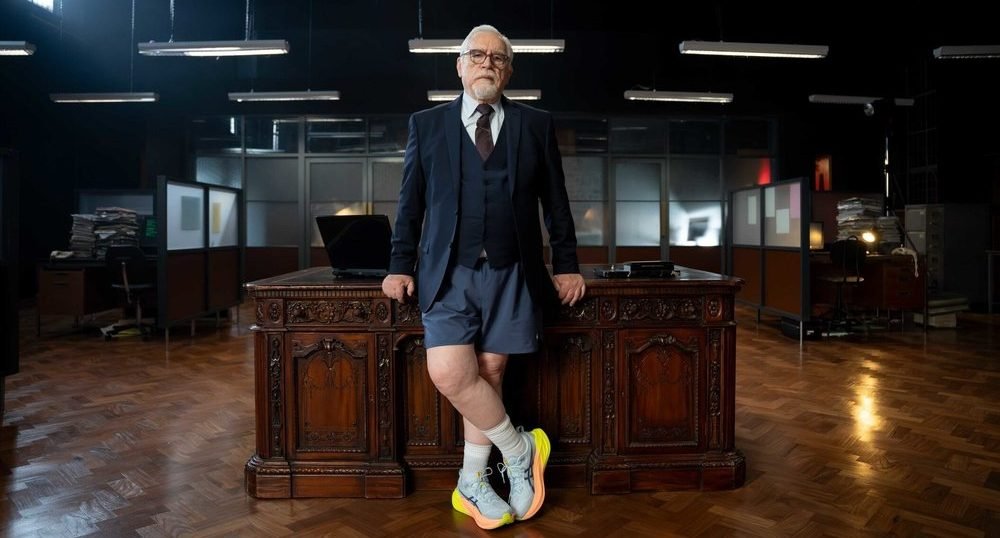
Innovation and performance focus /
Back in 2019, Asics resolved to refocus on performance sports, leaning into its heritage and what it considered a point of competitive advantage. For example, the brand partnered with Edelman UK, London, on a campaign to launch its long-distance GlideRide running shoe and reassert its reputation as the go-to brand for high-performance running gear. The team created Eternal Run, a race across the Bonneville Salt Flats in Utah, with no fixed route and no finish line. Instead, participants were challenged to simply see how far they could run wearing the shoes.
The campaign resulted in 1.7 billion impressions and 4 million pairs of the GlideRide running shoe were sold in the first week; Eternal Run also picked up an Entertainment for Sport Grand Prix at Cannes in 2021. ‘Ultimately, it was the launch of a shoe product but it was also an opportunity for us to tell a deeper and more meaningful story beyond the product benefits,’ Jamie Cordwell, Edelman global ECD told Contagious at the time. ‘The shoe was an incredible piece of technology that gave Asics the opportunity to reassert itself as the market leader, but it was also a chance to reassert Asics as the brand of choice for these runners.’

Asics has continued to strive for innovation, inviting its athletes for testing and tracking at its R&D centre, Asics Institute of Sport Science, in Kobe, Japan. It’s why Asics invests heavily in in-store education and things like its digital shoe finder tool. ‘We’re one of the few brands that still really advocates understanding if you’re a neutral runner or a stability runner, because we know that if you run in the wrong type of shoe, you’re more likely to get injured,’ says Raucher. ‘We try to guide people to the right product.’ This too ladders up to the Sound Mind Sound Body platform – education around pronation and running gait prevents injury and helps people stay moving.
Clearly, what is good for one part of the business is good for all of it, as this focus on performance products has proved to be beneficial for Asics’ lifestyle offering, too; net sales of its SportStyle category grew 63.4% in 2024. Raucher doesn’t delineate between the two sides of the business (at least not publicly): ‘We are not a house of different brands, we are a branded house, and there are commonalities across all of Asics.’ For instance, you’ll find the same comfort in a lifestyle shoe as in a performance shoe – the bestselling Gel NYC lifestyle shoe is based on the same tooling and cushioning as one of Asics’ most popular running shoes, the Gel Cumulus.
Gary Raucher, Asics
The fact that sportier silhouettes have been trending in the lifestyle category over the past few years hasn’t hurt, Raucher concedes. ‘We want to be the most preferred performance sports brand, so the majority of our communications will focus on performance. But we feel that the worlds of performance and lifestyle really have converged over the last few years. There is a running trend in the lifestyle space that has benefited us.’ Still, he insists, leaning into performance has been key to growing the lifestyle business: ‘The fact that we have that running and that sports history and those credentials, is also fuelling the success that we see in the lifestyle side of the business.’
Ultimately, this conscious focus on and investment in performance gear has ensured Asics’ appeal to both the elite athlete and the first-time runner. ‘We’re on a mission to get all people to achieve a sound mind in a sound body, whether you are running 42km or you’re running around the block, we want to make sure that people have that great experience,’ says Raucher.
George Bryant, Golin
By catering to the high demands of top-level athletes, Asics ensures a high-quality experience for all. ‘If they’re good enough for those athletes, then they will be good enough for a more casual athlete as well.’ The 2019 Eternal Run campaign is a prime example – Edelman invited athletes, sports influencers and journalists of different running ability to participate.
‘Some brands might develop one shoe that helps an athlete break one record, but Asics wants to help every runner do better,’ says Cordwell. ‘From an engineering standpoint, it’s a lot easier to develop a product for one person than it is to develop one for countless people. And because they build their products for the masses, it only made sense to have the race include a variety of people to represent that spectrum.’
George Bryant, Golin
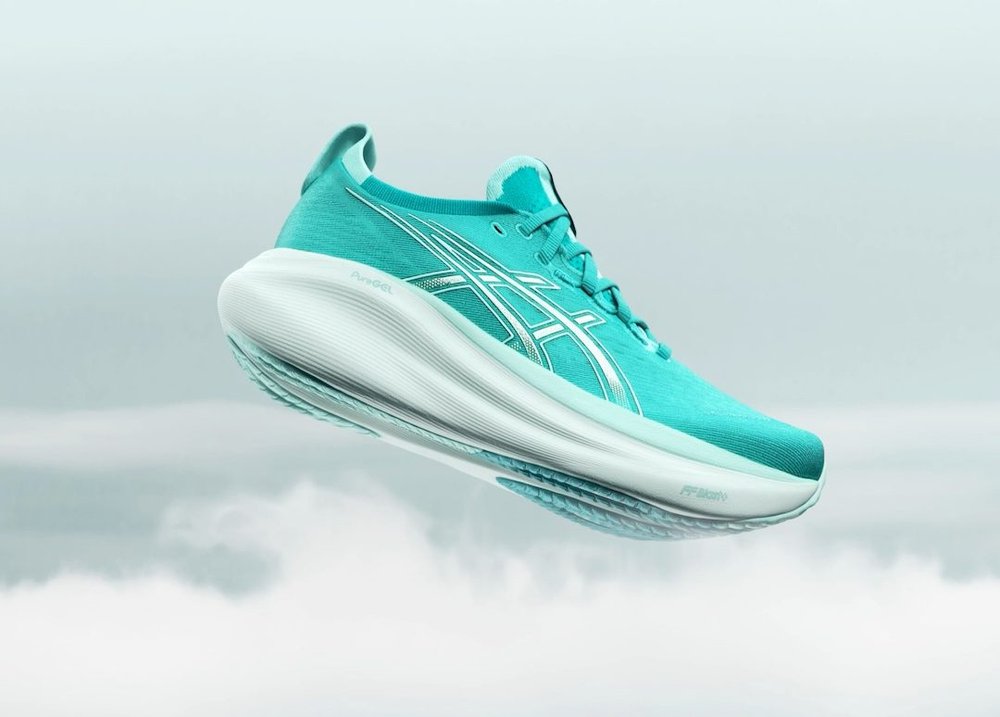
Through its Sound Mind Sound Body philosophy, Asics appeals to athletes at either end of the spectrum without alienating either, says Raucher. ‘Rule number one of marketing is you can’t be all things to all people,’ says Raucher. ‘We try to cater to both, but it’s because we find a red thread that connects them. Whether we are talking about an elite athlete or an everyday athlete, we are talking to people who know that they feel better when they move.’
Brands can be different things to different customers, agrees Golin’s George Bryant – as long as there’s a clear point of view. ‘With Asics we always know where to stand in the conversation. Everything ladders back to Sound Mind Sound Body. You can bring mental health into a lifestyle conversation. You can bring aesthetics into a performance conversation. I think you can have both when you stand on the firm ground of Asics’ positioning.’
It helps that the conversation around sport is changing more generally – for example, the normalisation of high-profile athletes such as Simone Biles, Naomi Osaka and Ben Stokes taking time out for their mental health. ‘Increasingly, people want to be part of a more inclusive conversation, where even the elite runner champions the first steps that anybody might take,’ says Bryant. ‘When sports become a conversation about humanity, then the traditional boundaries between elite and beginner are respected, but they’re no longer divisive.’
Alex Wood, Golin
Takeaways – Moving forward /
Over the past five years, Asics has been on an extraordinary trajectory. From January 2020 to January 2025, its market cap has risen from $2.8bn to $15.77bn. Globally, the company has seen double-digit revenue growth which has far exceeded the industry average, leading to market share growth in all of its core categories. Raucher also shares that the business has seen ‘significant operating income improvement which has made Asics one of the most profitable brands in the sports industry’, with ‘one of the fastest growing stocks in the sports industry’ – Asics’ stock price has more than quadrupled, and is now at an all-time high.
The challenge now is to sustain that growth and continue to find new and creative ways to communicate the Sound Mind Sound Body platform, says Raucher. ‘The strongest brands in the world are the ones that are masters at repetition.’ There is still an audience out there who doesn’t know what Asics (literally) stands for, and Asics is going to capture it. ‘We’re trying to drive fame and talkability for our philosophy,’ says Raucher. ‘We want to be the market leader. We want to be the most preferred performance sports brand, and in order to do that, we need to build brand preference. And building brand preference for me is as simple as giving consumers a compelling reason to choose Asics over the competition.’ How? Product superiority is one way, the other reason is the brand’s Sound Mind, Sound Body philosophy, says Raucher.
Going forward, Asics will continue to challenge and transcend sports category conventions. ‘We will always tell a story in the context of somebody has done something physical,’ says Raucher. ‘But the message that we’re trying to communicate and be very single-minded about is the benefit of that physical movement is on the mind.’ Amid the noise of the sports category – shouty slogans, loud colours, extreme physical feats – Asics has found its own voice and place in culture, says Wood. ‘While everybody is shouting through ads, we act and we let our actions speak for us.’

